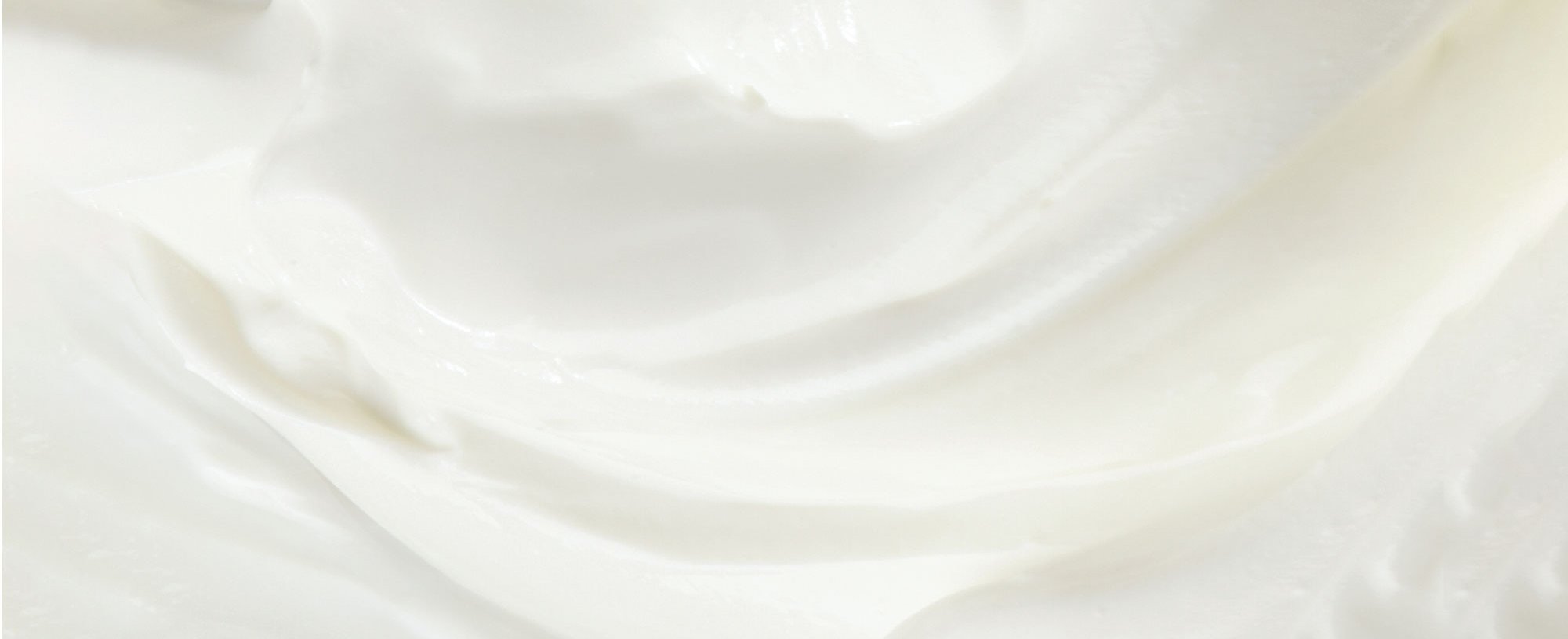If you’ve ever gotten your nails done, you’ve likely noticed your cuticles play a role in your manicure. But what exactly are cuticles? Your nail cuticle is the clear layer of skin that’s located at the bottom of your nails—fingers and toes. They protect your nails from bacteria which can lead to infection, so taking proper care of them is super important! While you may have your attention focused on picking the perfect nail polish color to complete your beauty look, taking care of your cuticles is a nail-maintenance must. Wondering how? Below, we’re sharing everything you need to know about taking care of your cuticles—from applying cuticle oil to using a cuticle pusher.
CUTICLE TIP #1: KEEP THEM HYDRATED WITH CUTICLE OIL AND CREAM
Just like the rest of your skin requires moisture, your cuticles need to stay hydrated, too! After all, they are skin. This is where cuticle oil and cuticle cream come in. If you’ve seen these handy products in your nail salon or in the aisle at the drugstore but have always passed them by, now’s the time to pick one up. Pick up a product formulated specifically for your cuticles, in addition to applying a hand cream or all-over balm (like the L’Oréal Paris Age Perfect Hydra Nutrition Manuka Honey All Over Balm – Face, Neck, Chest and Hands) regularly. Make moisturizing your cuticles part of your daily skin care routine.
CUTICLE TIP #2: SKIP THE CLIPPING
Looking for a cuticle remover? If you’re thinking about cutting or removing your cuticles, we highly advise against doing so. For one, it’s easy to mess up during the process. More importantly, completely removing your cuticles can irritate them or result in infection. You need that layer of skin! If you’re not too fond of how your cuticles look, there are other ways to minimize their appearance. Which brings us to…
CUTICLE TIP #3: PUSH IT BACK
Why should you push back cuticles? Well, like we mentioned above, removing your cuticles is a serious no-no. So, if you prefer a neater, less obvious cuticle, pushing your cuticles back is the way to go. Do this weekly to keep up with your cuticle maintenance. Keep in mind that you’ll only want to push back your cuticles when they’re properly moistened, as the soft skin will allow for easier movement and prevent unwanted damage. You’ll also want to use the proper tools to push back your cuticles without hurting them. Here are a few commonly used cuticle pusher options.
Cuticle Pusher #1: Orange wood stick. The most common tool for pushing back your cuticles is a cuticle pusher made out of wood, AKA an orange wood stick. This tool resembles a toothpick, but features a round, slanted edge on both ends that’s perfect for pushing your cuticles. This tool will give you the most clean, neat cuticle appearance.
Cuticle Pusher #2: Cotton swab. For a gentler option, a cotton swab can be used to push back your cuticles. You may not get as clean of a look, but it’s an ideal alternative for those with more sensitive skin.
Cuticle Pusher #3: Soft cloth. You can also use a soft cloth to push back your cuticles. Just like with a cotton swab, it is a gentler option for taking care of your cuticles.
Cuticle Pusher #4: Your fingers. At the end of the day, fancy tools aren’t a necessity for pushing back your cuticles. As long as they’re adequately hydrated (soaking them in water prior to applying cuticle oil can help with this), you can simply use your fingers to gently push back your cuticles. Not so bad, right?
Next up: Brush up on more nail, skin, and hand maintenance tips with our articles, How to Remove Acrylic Nails, How to Remove Nail Glue from Your Skin, and 16 Ways to Show Your Hands and Nails Some Major TLC.







